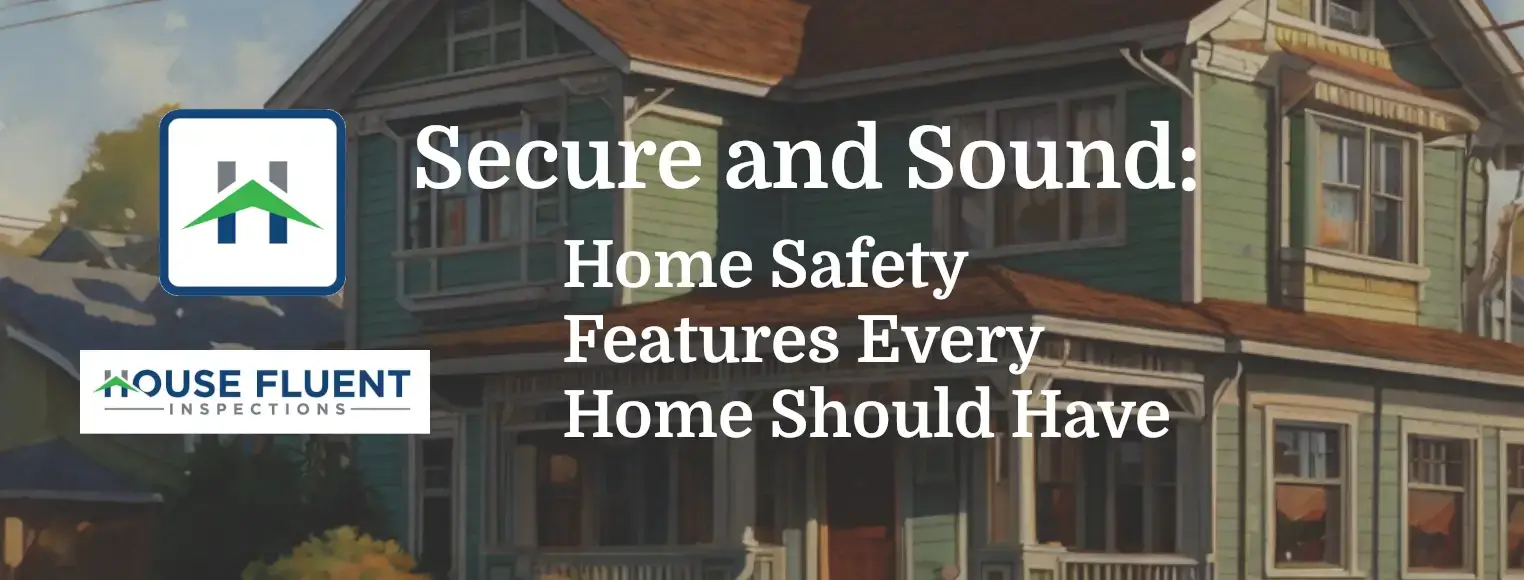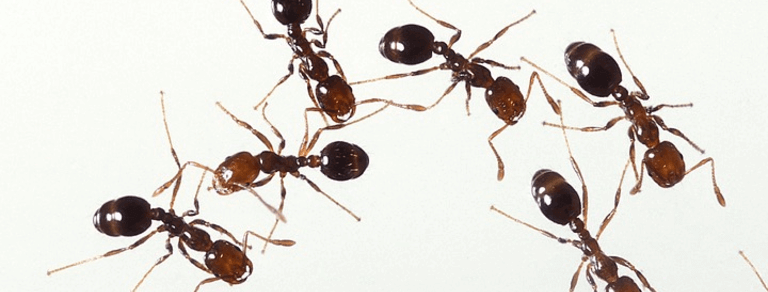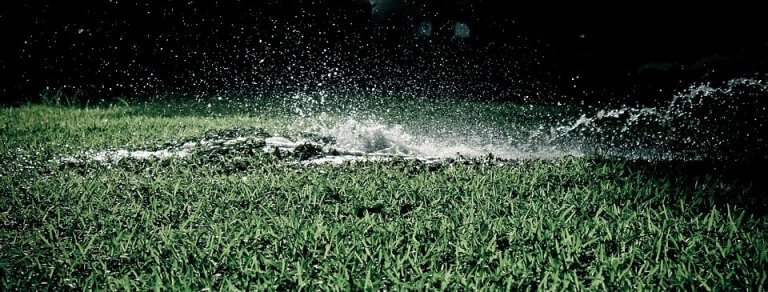Your home should be a place where you and your family always feel safe and protected. Unfortunately, many common household hazards can pose risks to your health and well-being if not properly addressed. As a professional home inspectors, we’ve seen firsthand how important it is for every house to have certain key safety features. In this article, we’ll share a few of our top recommendations for making your home more secure and hazard-free.
Smoke and Carbon Monoxide Detectors
Your home should be a place where you and your family always feel safe and protected. Unfortunately, many common household hazards can pose risks to your health and well-being if not properly addressed. As a professional home inspector, I’ve seen firsthand how important it is for every house to have certain key safety features. In this article, I’ll share my top recommendations for making your home as secure and hazard-free as possible.
Smoke and carbon monoxide detectors are two of the most critical safety devices for any home. Smoke alarms alert you to the presence of smoke and fire, allowing you to quickly evacuate. Carbon monoxide is an odorless, colorless gas that can be deadly in high concentrations, so detectors are essential for warning you if it builds up in your home.
Install smoke detectors on every level of your house, inside each bedroom, and outside sleeping areas. Replace the batteries every six months and the detectors themselves every 10 years. For extra protection, use combination smoke and carbon monoxide detectors and place one on each floor.
Fire Extinguishers
While smoke detectors are important for alerting you to fires, fire extinguishers allow you to actually combat small blazes before they spread. Keep extinguishers in high-risk areas like the kitchen, garage, and near fireplaces or heating appliances. Make sure you have the proper type of extinguisher for each location (e.g. one rated for grease fires in the kitchen).
Periodically check that the extinguishers are fully charged and not expired. Consider taking a training course on how to properly use an extinguisher in an emergency.
Secure Railings and Banisters
Falls are the leading cause of home injury, especially for young children and older adults. Reduce fall risks by making sure all staircases have sturdy railings and banisters, both inside and outside your home. Railings should be securely anchored to walls or posts.
Look out for loose or broken spindles, shaky handrails, and wide gaps that a child could slip through. Address any problems immediately. Use safety gates at the top and bottom of stairs if you have small children.
Tempered Safety Glass
Standard window glass can shatter into large, sharp shards when broken, posing a serious laceration hazard. Tempered glass is designed to break into small, less dangerous pieces. Building codes require safety glazing in certain locations, such as glass doors, large picture windows, and windows near tubs or showers.
Inspect your windows and glass doors to make sure they’re made of tempered safety glass, which should be labeled as such in a corner. Replace any non-compliant glass, especially in high-risk areas. Be extra cautious with older homes that may have outdated windows.
Safe Water Temperature
Water that’s too hot can scald skin in seconds, causing severe burns. Young children and the elderly are especially vulnerable. To prevent scalds, set your water heater temperature to 120°F (49°C) or below. This is hot enough for household use but not dangerously so.
Test the temperature at faucets and showers using a thermometer. If needed, adjust the water heater temperature gradually until reaching the target range. Be careful when changing the settings on an electric water heater, as there is a risk of electric shock – shut off power to the unit first.
Conclusion
Taking steps to minimize safety hazards in your home can provide invaluable peace of mind. While it’s impossible to eliminate risks entirely, following these recommendations will help create a secure environment for you and your loved ones.
As a home inspector, I always advise my clients to make safety a top priority, both when buying a house and maintaining it over the years. If you’re unsure whether your home measures up, consider scheduling a professional home inspection for a thorough safety assessment. A few proactive changes can make all the difference in keeping your castle safe and sound.



